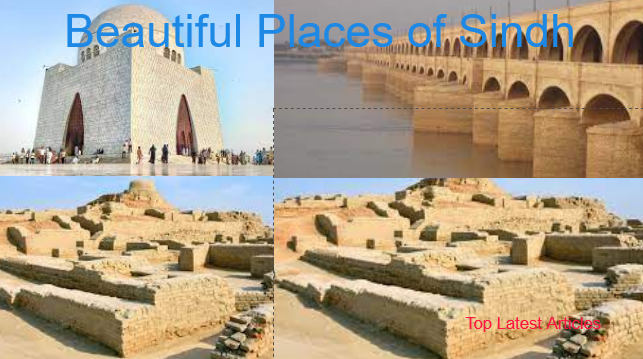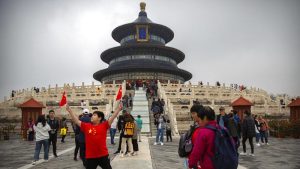Pakistan has amazing places that not everyone knows about. Sindh, a province in the southeast, is one of these hidden places. It has beautiful spots with rich culture, history, and marvelous nature. From ancient places like Mohenjo Daro to the modern city of Karachi. If you are planning a vacation, check out these awesome places in Sindh. They are important for tourism in Pakistan.
List of Top 10 Sindh Beautiful Places
- Thar Desert
- Mohenjo-Daro
- Kort Diji Fort
- Gorakh Hill Station
- Sehwan Sharif
- Ranikot Fort
- Shah Jahan Mosque, Thatta
- Kirthar National Park
- Shah Abdul Latif Bhittai
- Keenjhar Lake
1. Thar Desert.
The Thar Desert, also known as the Great Indian Desert, is an arid region in the north-western part of the Indian subcontinent that covers an area of 200,000 km² in India and Pakistan. It is the world’s 18th-largest desert, and the world’s 9th-largest hot subtropical desert. People get excited when they talk about Thar to tourists from other countries. It is awesome because it has beautiful sunsets, green landscapes after rain, and colorful saris in the desert. The whole Tharparkar district is cool with its special scenery. To get to the Thar Desert in Sindh, you need to drive for six to eight hours from Karachi, passing by cities like Makli and Badin.
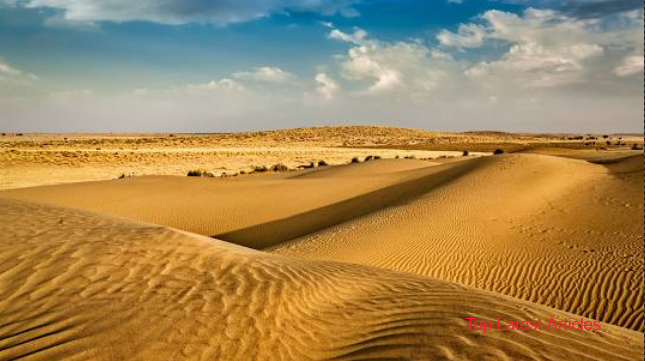
The roads are mostly good, so getting there is not too hard. It is best to use a car or a 4×4 jeep to explore Thar. And it is a good idea to bring a translator who knows the language and the area. Going solo might be tricky, so it is a smart move to seek help to make sure you do not miss out on the amazing time in Thar.
2. Mohenjo-Daro.
Mohenjo Daro has a super old history. It used to be a big city in the Harappan Civilization, also known as the Indus Valley Civilization. It is in Pakistan and is a famous UNESCO World Heritage Site. “Mohenjo Daro” comes from the local language, Sindhi, and means “Mound of the Dead.” It is like a big graveyard, but not scary. People have found a lot of old stuff there, like tools made from rocks and metal, statues, tools for measuring things, amazing jewelry, and even toys. All these ancient things are shown in the Mohenjo Daro Museum, which is about 800 meters away from the old city.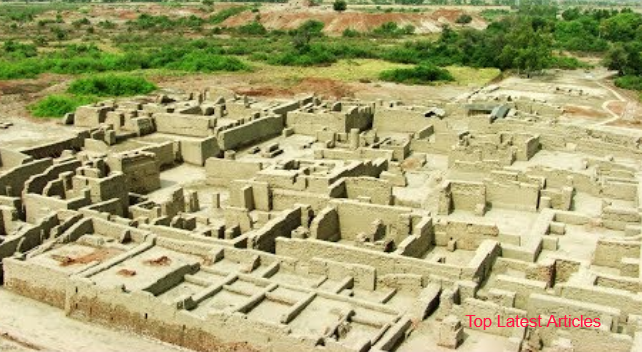
For Mohenjo Daro, consider flying into Moenjodaro Airport if you’re coming from a major city like Karachi. Alternatively, take National Highway N-55 by road, with buses and hired cars available from nearby cities such as Sukkur. Check current conditions for a hassle-free trip to explore Mohenjo Daro’s historical treasures.
3. Kort Diji Fort.
Khairpur city is home to the impressive Kot Diji Fort, a significant representation of the Talpur dynasty’s legacy in the region. Built around a century ago in one of the remote areas of Sindh, the fort dominates the town of Kot Diji in the Khairpur district, standing as an iconic structure. Constructed over ten years from 1785 to 1795, the fort showcases a stunning design with three well-built towers, each about 50 feet tall, making it one of the most imposing forts in Pakistan. 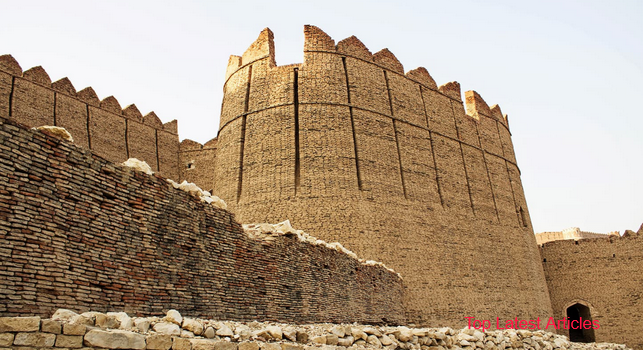
The outer walls, reaching 30 feet in height, encircle the highest part of the fort, covering a total boundary length of approximately 1.8 kilometers. Made from kiln-baked bricks and limestone, the fort strategically includes a water reservoir to address the scarcity of potable water in the region.
Despite its historical significance, the Kot Diji Fort has faced neglect in terms of restoration and maintenance, leading to its gradual aging and loss of character. Nevertheless, it remains a must-visit site for those interested in Sindh’s history. Accessible via the M9 Motorway and National Highway 5, a journey from Karachi takes approximately seven hours.
4 Gorakh Hill Station.
Gorakh Hill is a popular hill station in Pakistan. It is one of the few beautiful places to visit in Sindh. The hill station is high, about 5,688 feet above sea level, and people often call it the ‘Murree of Sindh.’ It is in the Dadu District, right in the middle of Sindh.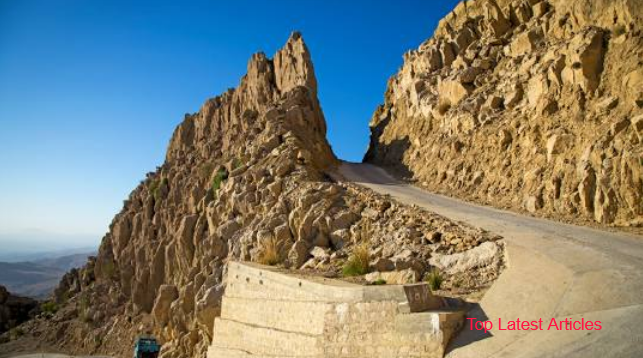
People from all over the country come here for the awesome views and to see the stars at night with bonfires. If you visit, you can stay at a campground, a restaurant, or a motel. Because it is so high up, Gorakh Hill has different weather all year round. It gets really cold in winter, sometimes below zero, and in summer, it can be around 20 degrees.
5. Sehwan Sharif. In Sehwan, Sindh, the shrine of Lal Shahbaz Qalandar is a must-visit. Adorned with shimmering mirrors and vibrant mosaic, the shrine offers a captivating atmosphere. Pilgrims gather to pay homage to Qalandar, a revered Sufi figure, and annually, hundreds of thousands spend at least three days at this sacred site. For delicious eats, check out Sehwan Restaurant at Hotel Sehwan Divine. Security has increased, but the area is safe, making it a wonderful destination in Pakistan.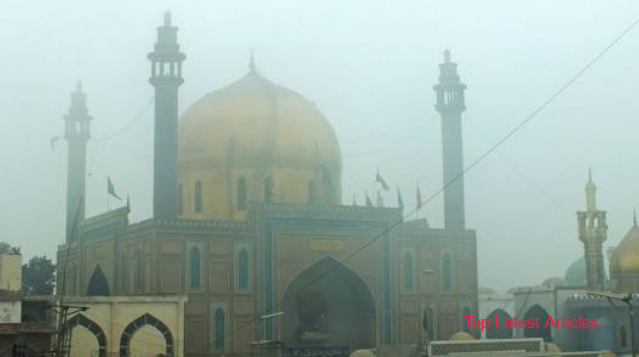
6. Ranikot Fort.
Located in the remote regions of Jamshoro District in Sindh, Ranikot Fort stands as a captivating and mysterious destination off the conventional tourist path in Pakistan. Often dubbed “The Great Wall of Sindh,” this remarkable fort boasts an impressive 32-kilometer circumference, making it widely considered the largest fort globally. 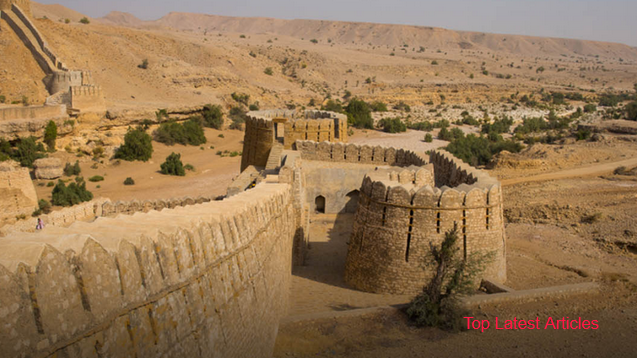
Its historical roots trace back to the early 19th century. The fort’s exterior is adorned with semi-circular bastions strategically placed along the fortification walls, enhancing its visual appeal. The fort’s defensive wall envelops three sides, while the northern side remains concealed by towering hillocks. Within the border wall, approximately 5 to 6 miles into the journey, lies a presumed small stronghold that served as the royal residence for the Mirs, the ruling family. The southern entrance features a gate with two doors, and approaching the fortress reveals exquisitely crafted ornaments adorned with stone carvings and floral patterns.
7. Shah Jahan Mosque, Thatta.
The Shah Jahan Mosque, serving as the main mosque in Thatta, stands as a splendid example of Mughal architecture in the region. Commencing its construction in 1644, the mosque was authorized by the Mughal Emperor Shah Jahan during his residence in Thatta. Reflecting a blend of regional styles, including Sindhi, Timurid, Persian, and Indian, the mosque showcases the architectural richness of the Mughal era. Constructed with red bricks both inside and out, the interior is adorned with intricate tile work and geometric designs. Notably, the mosque features the most domes on a single building facade in Pakistan. 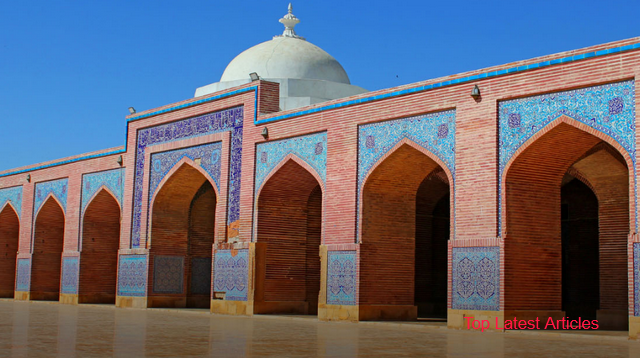
The main prayer hall, considered a crown jewel, boasts a façade adorned with vibrant blue, turquoise, and magenta tiles. The interior of the dome exhibits a beautiful mix of complementary hues, creating an enchanting atmosphere. With almost 100 domes, smaller domes, arches, and captivating geometric masonry patterns, the Shah Jahan Mosque is a distinguished attraction in Sindh, drawing tourists with its unique and captivating features.
8. Kirthar National Park.
Among the many varied and imaginatively captivating tourist spots in the region, Kirthar National Park is particularly noteworthy. It is a place where majestic peaks meet the sky and lush flora is home to a range of unusual animals and birds. 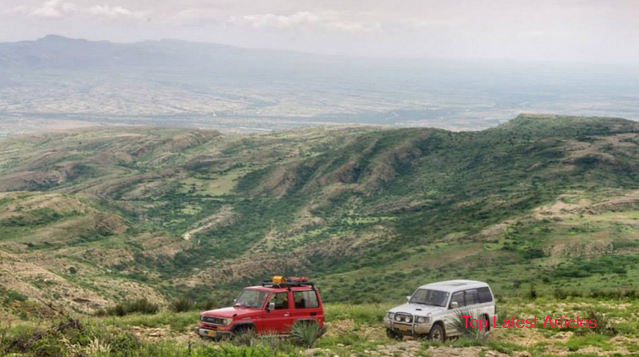
It was created in 1974 and is today the second-largest wildlife sanctuary in Pakistan. This wildlife reserve in Sindh, which is located in the Kirthar Mountain range about 160 kilometers from Karachi, has a remarkable history of supporting a diverse array of mammals, birds, and reptiles. The park’s authorities emphasize that it serves as a first-class refuge for remarkable fauna, including wolves, leopards, chinkara, gazelles, wild sheep, and Sindhi ibex. Many visitors, explorers, and environmental enthusiasts are drawn to the area because of the existence of these endangered species.
9. Shah Abdul Latif Bhittai.
In the town of Bhit Shah in the Sindh province of Pakistan, stands the revered Shah Abdul Latif Bhittai Shrine, a significant Sufi shrine in the region. Drawing crowds of up to 500,000 during its annual Urs celebration, the shrine hosts Malangs, clad in black, who enchant visitors with soulful Sufi qawwali music. 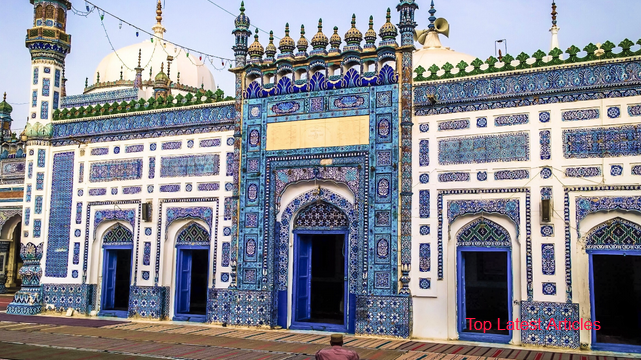
Throughout the year, brightly attired pilgrims flock to Bhitai’s tomb to offer prayers and pay homage. The shrine itself is a captivating spectacle, with intricate details adorning every corner. For a deeper exploration of the area’s religious diversity, one can visit the nearby Gurdwara Shah, a Sikh gurdwara just a short walk away. Bhit Shah, though a small village with limited accommodation, offers the budget-friendly Madan Faqeer Eco Resort, providing comfortable rooms at approximately 4,000 PKR for a twin room. Notably, the resort houses a music school where visitors can witness students and instructors showcasing traditional qawwali instruments.
10. Keenjhar Lake.
Keenjhar Lake, one of Sindh’s often overlooked tourist places, stands out as the second-largest natural lake in the region. The lake has become a haven for numerous indigenous and migratory bird species, including ibises, flamingos, ducks, geese, and seagulls, earning it the designation of a natural reserve. Positioned near Karachi, Keenjhar Lake is a prime spot for seafood enthusiasts, offering an abundance of fresh catches from its renowned fisheries. 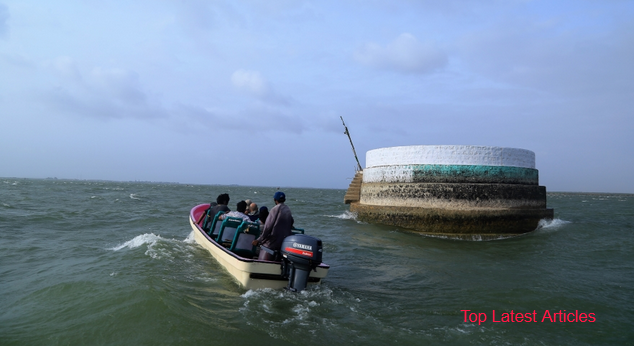
Beyond fishing, the lake provides opportunities for various outdoor activities such as swimming, kayaking, and jet-skiing. The captivating seaside sunset adds to the overall allure of this scenic destination.

